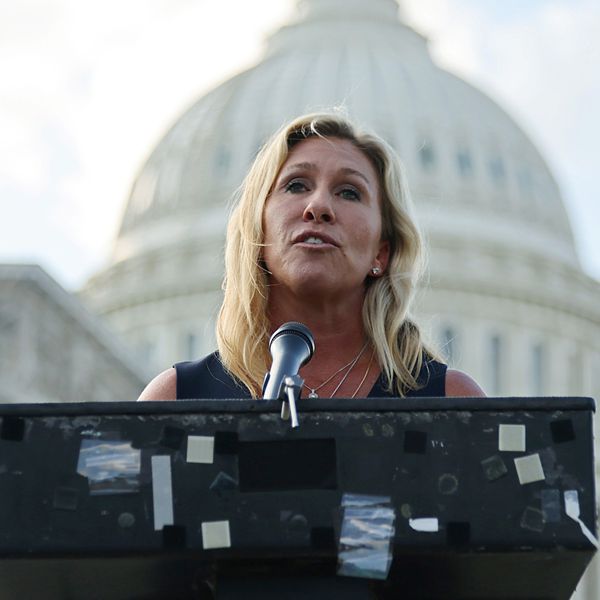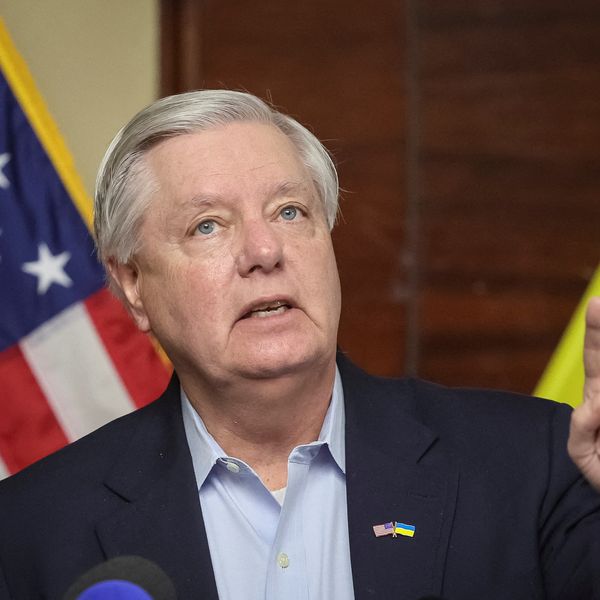Israel is ramping up its development of a strategic route that bisects the Gaza Strip, according to new satellite imagery, which shows that Israeli forces have been modernizing two military outposts at the crossroads of key pathways Palestinians used to flee south in the earlier stages of the war.
This road, part of the so-called “Netzarim Corridor,” runs east to west from the Gaza-Israel border to the Mediterranean Sea, just south of Gaza City. The Israeli army’s Engineering Corps has been developing it since shortly after Hamas’s Oct. 7 attacks.
Israeli officials say the corridor’s strategic purpose is to make it easier for the Israel Defense Forces (IDF) to target Hamas’ underground tunnel networks. IDF personnel have also said the corridor facilitates military incursions in either direction and strengthens Israeli control over the movement of Palestinians, preventing them from freely moving north to south.
But, as an invasion of Rafah looms, experts say Israel’s tightening grip over the flow of people and aid into northern Gaza risks exacerbating the already dire humanitarian crisis.
Israeli military forces were already able to control all movements of people and food in both directions since they began evacuating people from northern Gaza in October, said Lex Takkenberg, a former long-time official with the United Nations Relief and Works Agency for Near East Refugees (UNRWA).“What this move seems to be doing is further consolidating Israel's control over that de-facto separation of the Gaza Strip,” Takkenberg said.
Takkenberg, who worked in Gaza for a decade as a top UNRWA official, says the choice of the corridor’s location facilitates that control. It runs through Wadi Gaza, a river valley that is more difficult for people to cross and that acts as a natural border between the north and south of Gaza. It’s also the most narrow part of the Strip.
“From a military perspective, it’s relatively easy to control,” said Takkenberg, who now works as a senior advisor at Arab Renaissance for Democracy and Development.
The IDF’s control will be even stronger as they forge ahead with the corridor’s “buffer zone.” By clearing terrain and razing buildings in the area surrounding the route, Israeli forces have tightened their grip over the corridor, IDF personnel said.
This high level of control raises concerns for the humanitarian crisis that is already ongoing. Hundreds of thousands of residents of northern Gaza’s have been displaced since Israel ordered them to evacuate south of Wadi Gaza in October of last year. They now face devastating living conditions in southern Gaza, which will only worsen in the event that Israel invades Rafah, as Israeli Prime Minister Benjamin Netanyahu has promised to do.
If an invasion occurs, there is limited space for Palestinians if they are not permitted past the Netzarim Corridor, said Daniel Davis, a military expert and fellow at Defense Priorities. “If Israel truly does have a plan to relocate the over 1 million population prior to the attack, it's not clear where they would send them,” he adds.
Israeli Minister of Diaspora Affairs Amichai Chikli said in January that residents of northern Gaza will not be allowed to return until Hamas’ underground infrastructure is demolished.
Israel’s tight control over the corridor could also pose a risk for residents of northern Gaza facing food and aid shortages. If Israel has full control over what enters the north, it gives them the opportunity to block aid from entering, Takkenberg notes.
Aid shipments from outside of Gaza — regulated by Egypt and Israel — account for approximately two-thirds of food consumption in the Strip before the war began. Now, nearly the entire population relies on food aid to survive, according to the World Food Programme. Shortages and delays in aid delivery in recent months have pushed Gaza to the brink of famine.
Aid might be able to enter both the north and south of Gaza via a pier being built by the U.S., which sits just off the point where the Netzarim Corridor meets the coast. But how this aid will be distributed from there remains to be seen. Just yesterday, the staging area for the pier came under mortar fire, further fueling concerns that the plan could draw U.S. forces into the fighting.
The IDF stated that the structures being built along the Netzarim Corridor are not permanent. Israel does, however, plan to keep them in place for the foreseeable future to carry out operations against Hamas. Regardless of whether the outposts stay in place, Israeli forces are unlikely to fully withdraw from Gaza, according to Davis.
“It is likely that a post-war Gaza will be even more restricted to Palestinian movement, far beyond just this one bisecting road,” he said.














